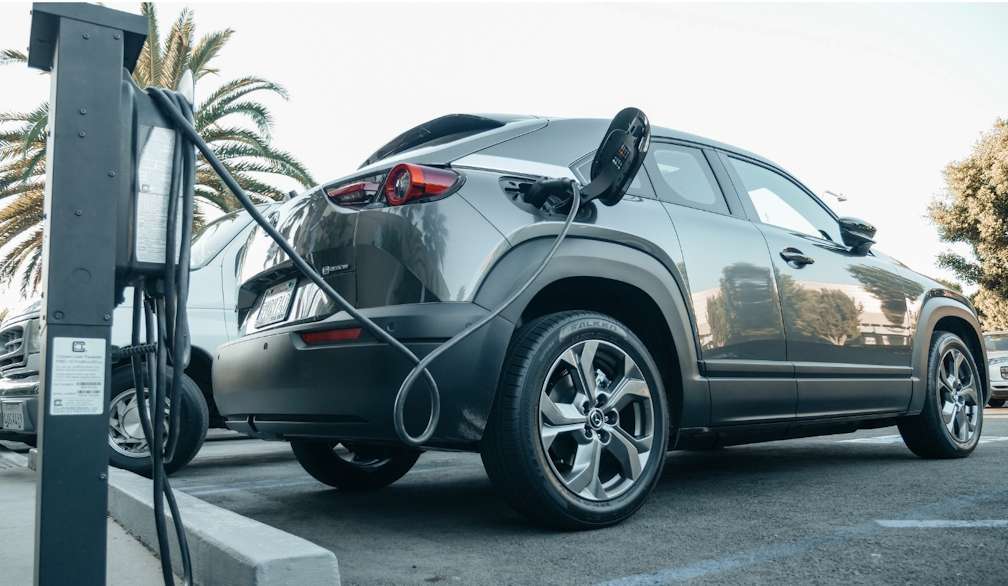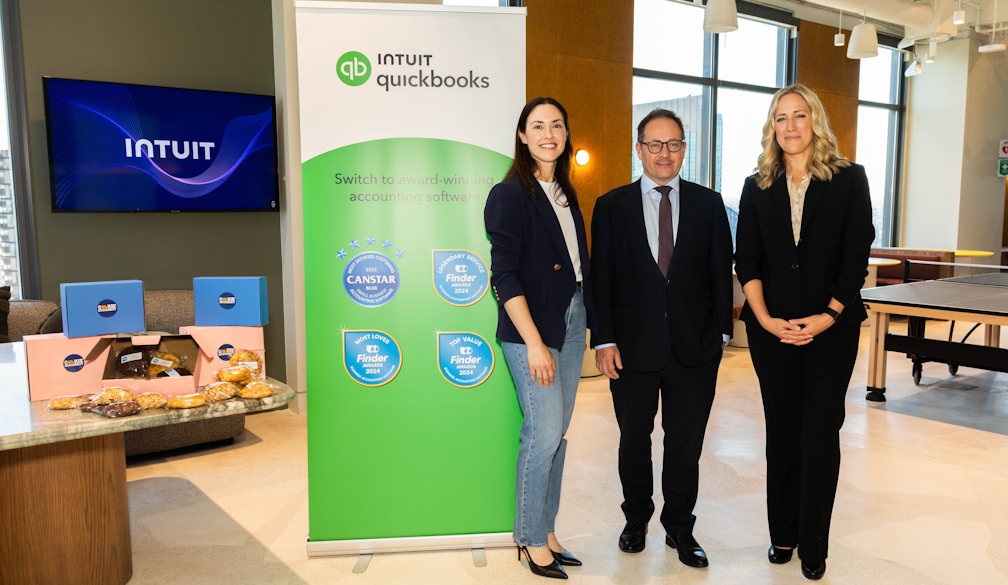what’s behind Fonterra’s decision to sell its consumer brands?
- Written by Alan Renwick, Professor of Agricultural Economics, Lincoln University, New Zealand

Fonterra caught the business world by surprise last week with plans to sell off its consumer brands and businesses[1] – including supermarket mainstays such as Anchor, Fresh'n Fruity and Mainland. The move has been described[2] as the “most dramatic major structural change” in the company’s 23-year history.
There are several possible explanations for this shift in direction for the dairy giant.
Consumer markets have long been a cornerstone of Fonterra’s business strategy. In 2023, the cooperative reported NZ$3.3 billion in revenue earnings[3] from its consumer brands. This benefited Fonterra and farmers alike.
Fonterra now hopes to use the sale of its consumer brands to invest in the business-to-business side of the company. Economic conditions may have played a part in the decision – but it is clearly not the only reason.
High inflation[4] and low economic growth[5] have put pressure on food brands, both in New Zealand[6] and globally[7]. This has been reflected in the performance of the consumer side of Fonterra’s business, which lost $164 million after tax in 2023[8].
That said, the ongoing visibility and growth of Fonterra’s brands in emerging economies such as Sri Lanka, China and Southeast Asia[9], and improved performance in this financial year, seem to indicate all is not lost with the consumer market.
Branding the essentials
One of the fundamental challenges for Fonterra is the nature of what they sell. Core products such as milk, butter and cheese are seen as commodities by consumers. Shoppers generally believe there is little difference in quality[10] between generic or supermarket labels and branded alternatives.
When finances are tight, purchasing decisions will be driven by price[11]. To maintain (and justify) higher prices, branded products need to continually communicate their value and brand story.
This can be time consuming and costly. And there can be a fine line between adding value and simply adding costs. If investment is focused on other parts of the business, there is an increased risk of the brands losing value – especially in the face of intense competition.
So the move away from consumer products may not actually mean a move away from adding value for Fonterra.
Food manufacturers like Fonterra can add value by building partnerships with other businesses. The dairy cooperative may gain more from working with other companies to develop new products, or by helping them solve technical challenges, than it can from simply selling the ingredients themselves.
Irish food manufacturer the Kerry Group has developed innovation centres in Ireland[12] and overseas – including in Australia[13], for example. A focus on partnerships and innovation has paid dividends for Fonterra as well[14].
Implications for New Zealand
Farmers could earn up to a potential $3.4 billion[15] from the sale of Fonterra’s consumer businesses. They could benefit further from the simplified focus on selling high-value ingredients to food service customers.
However, losing such iconic brands domestically and internationally is a risk. Fonterra is, in essence, becoming an ingredient supplier dependent on the strategies of other businesses.
This could become an issue as competition from alternative proteins grows. While food manufacturers may find it easy to replace dairy as an ingredient in their products, it would be more difficult to eliminate an entire category such as butter or milk from the supermarket aisle.
It’s expected Fonterra would keep supplying milk for its former brands after they are sold. But there is no requirement for the new owners to source their milk from New Zealand.
When Fonterra sold the rights to the Anchor brand in Europe, the butter was initially sourced from New Zealand. After a relatively short time, manufacturing moved to the United Kingdom[17].
Some have suggested the sell-off could result in higher prices[18] for consumers, on the basis that foreign owners might have less loyalty to the local community than Fonterra. But this argument is flawed.
Fonterra is a global business and has not kept prices low for New Zealanders in the past. In fact, some argue the opposite has happened.
The relationship between New Zealand’s two dominant supermarkets (Woolworths and Foodstuffs) and the two main suppliers of dairy products (Fonterra and Goodman Fielder) has been described as cosy[19]. Critics have argued this has kept prices high.
Continued dominance of the dairy industry
Understanding the impact on consumers is made more complex by the competition landscape in New Zealand. Fonterra is required to supply milk to their main competitor, Goodman Fielder, at a price set by the Dairy Industry Regulation Act[20].
How the actual market will work if Fonterra sells its consumer side is unclear, although it’s likely the price will still be regulated to prevent Fonterra exploiting its monopoly position.
But a new entrant could also source at least some of its supply from other processors. This will depend, in part, on who the buyer is.
Any interest from Goodman Fielder is likely to attract the interest of the Commerce Commission. Earlier consolidation has been approved[21] by the Commission but this would be on a different scale.
It’s more likely transnational companies such as Nestlé or Danone will be interested in buying the consumer side of Fonterra’s business, with an eye to growing markets across the globe.
As noted by Fonterra itself, there is the potential for these companies to extract greater value from the brand. Adding the products to their existing portfolios may enable greater economies of scale and scope, reducing marketing and logistics costs.
A move away from the consumer side may seem a radical change in strategy. But if Fonterra is doing this because it sees its business-to-business operation as having more growth and profit potential than branded consumer products, perhaps it’s again moving to the most attractive part of the value chain.
In that case, its underlying strategy hasn’t changed at all.
References
- ^ sell off its consumer brands and businesses (www.fonterra.com)
- ^ been described (www.farmersweekly.co.nz)
- ^ reported NZ$3.3 billion in revenue earnings (www.fonterra.com)
- ^ High inflation (www.rnz.co.nz)
- ^ low economic growth (www.nzherald.co.nz)
- ^ New Zealand (www.foodstuffs-si.co.nz)
- ^ globally (www.nzmp.com)
- ^ lost $164 million after tax in 2023 (view.publitas.com)
- ^ Sri Lanka, China and Southeast Asia (www.fonterra.com)
- ^ little difference in quality (www.mintel.com)
- ^ purchasing decisions will be driven by price (www.ey.com)
- ^ innovation centres in Ireland (www.irishtimes.com)
- ^ in Australia (www.kerry.com)
- ^ paid dividends for Fonterra as well (www.rnz.co.nz)
- ^ $3.4 billion (www.bloomberg.com)
- ^ William West/Getty Images (www.gettyimages.com.au)
- ^ manufacturing moved to the United Kingdom (www.dailymail.co.uk)
- ^ higher prices (www.rnz.co.nz)
- ^ described as cosy (www.interest.co.nz)
- ^ Dairy Industry Regulation Act (www.fonterra.com)
- ^ Earlier consolidation has been approved (www.scoop.co.nz)
Authors: Alan Renwick, Professor of Agricultural Economics, Lincoln University, New Zealand













